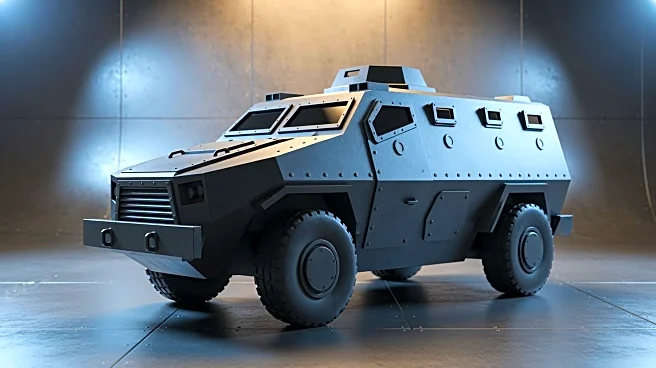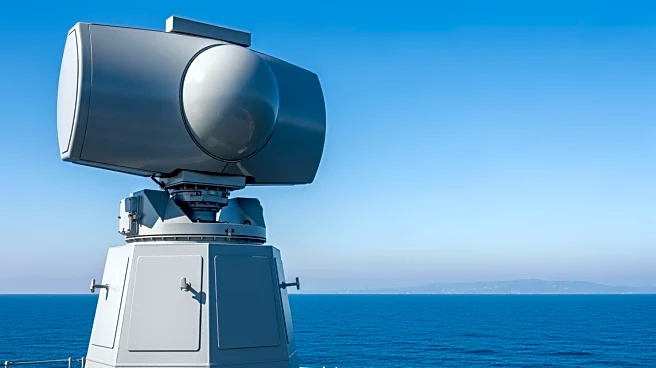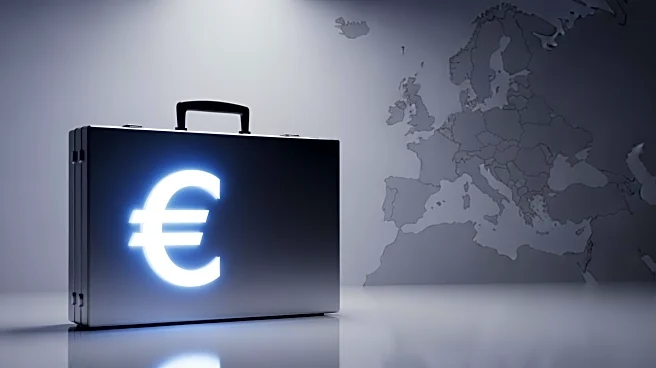What's Happening?
KNDS Deutschland has been awarded a subcontract by ARTEC to deliver Boxer RCT 30 wheeled infantry fighting vehicles to the German Army. This agreement follows a contract signed by ARTEC with the Organisation Conjointe de Coopération en Matière d’Armement
(OCCAR). Under the terms of the contract, the German Armed Forces will receive 150 Boxer RCT 30 systems, designated as 'Schakal', while the Dutch armed forces will receive 72 vehicles. The initial deliveries are scheduled to begin in late 2027. The Boxer RCT 30, developed by KNDS, integrates the existing Boxer platform with a 30-millimetre turret from the Puma infantry fighting vehicle. It is equipped for anti-tank operations and provides anti-drone and anti-aircraft capabilities, accommodating six personnel. Additionally, KNDS will produce 38 Boxer sgSanKfz ambulance vehicles and ten Boxer driving school vehicles for the Bundeswehr, with deliveries expected to start in early 2028.
Why It's Important?
The contract for Boxer RCT 30 vehicles signifies a strategic enhancement of military capabilities for Germany and the Netherlands. These vehicles are intended to bolster Germany's newly formed Medium Forces, serving as their main weapon system. The integration of advanced anti-tank and anti-aircraft capabilities positions these armies to better address modern combat challenges. The inclusion of ambulance and driver training vehicles further supports operational readiness and personnel safety. This development reflects ongoing military modernization efforts in Europe, potentially influencing defense strategies and procurement decisions across the continent. The substantial investment underscores the importance of maintaining robust defense capabilities amid evolving geopolitical tensions.
What's Next?
The delivery of Boxer RCT 30 vehicles is set to commence in late 2027, with subsequent deliveries of ambulance and training vehicles starting in early 2028. As these vehicles are integrated into military operations, both Germany and the Netherlands may see enhanced operational flexibility and readiness. The contract includes options for additional ambulance and driver training units, indicating potential future expansions. Stakeholders, including military leaders and defense contractors, will likely monitor the deployment and performance of these systems closely. The broader implications for European defense strategies and international military collaborations may unfold as these vehicles become operational.
Beyond the Headlines
The procurement of Boxer RCT 30 vehicles highlights the ongoing evolution of military technology and its impact on defense strategies. The integration of advanced weaponry and multi-role capabilities reflects a shift towards more versatile and adaptable military assets. This development may influence future defense procurement trends, emphasizing the need for systems that can address diverse threats. Additionally, the focus on medical evacuation and training vehicles underscores the importance of comprehensive support systems in military operations, ensuring personnel safety and preparedness.














